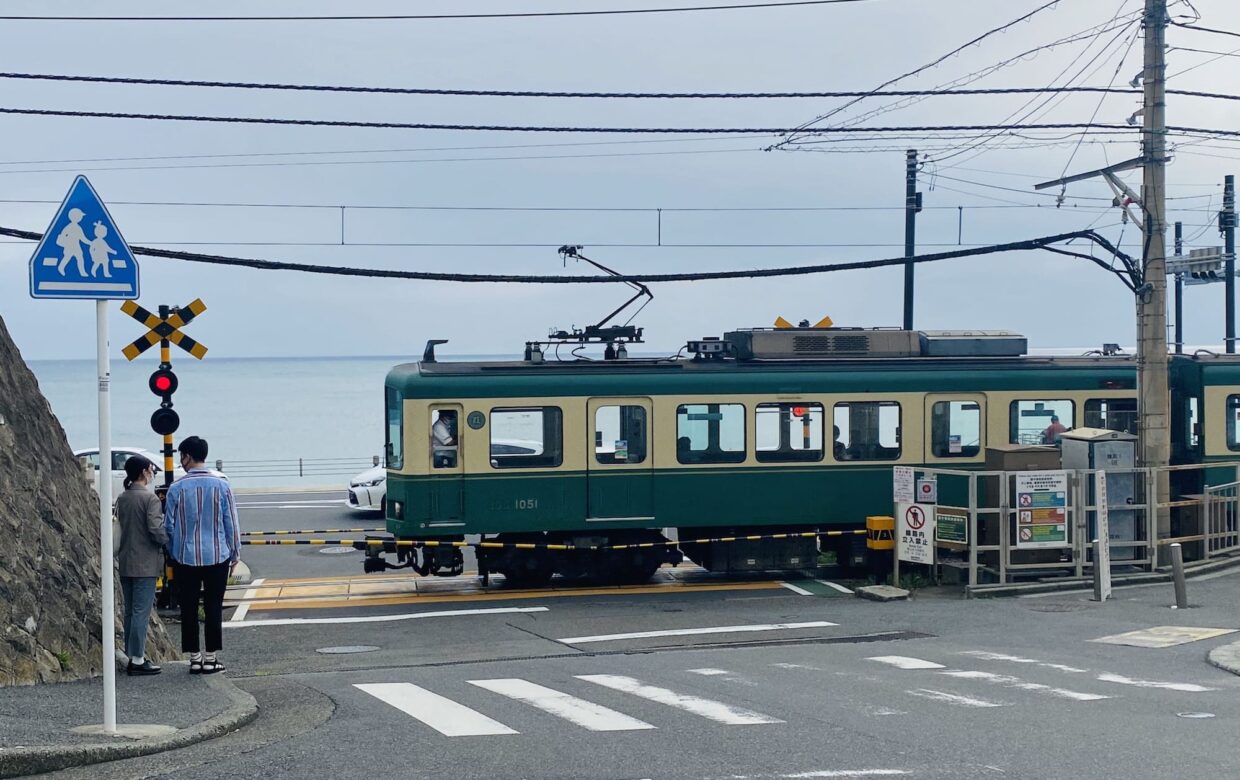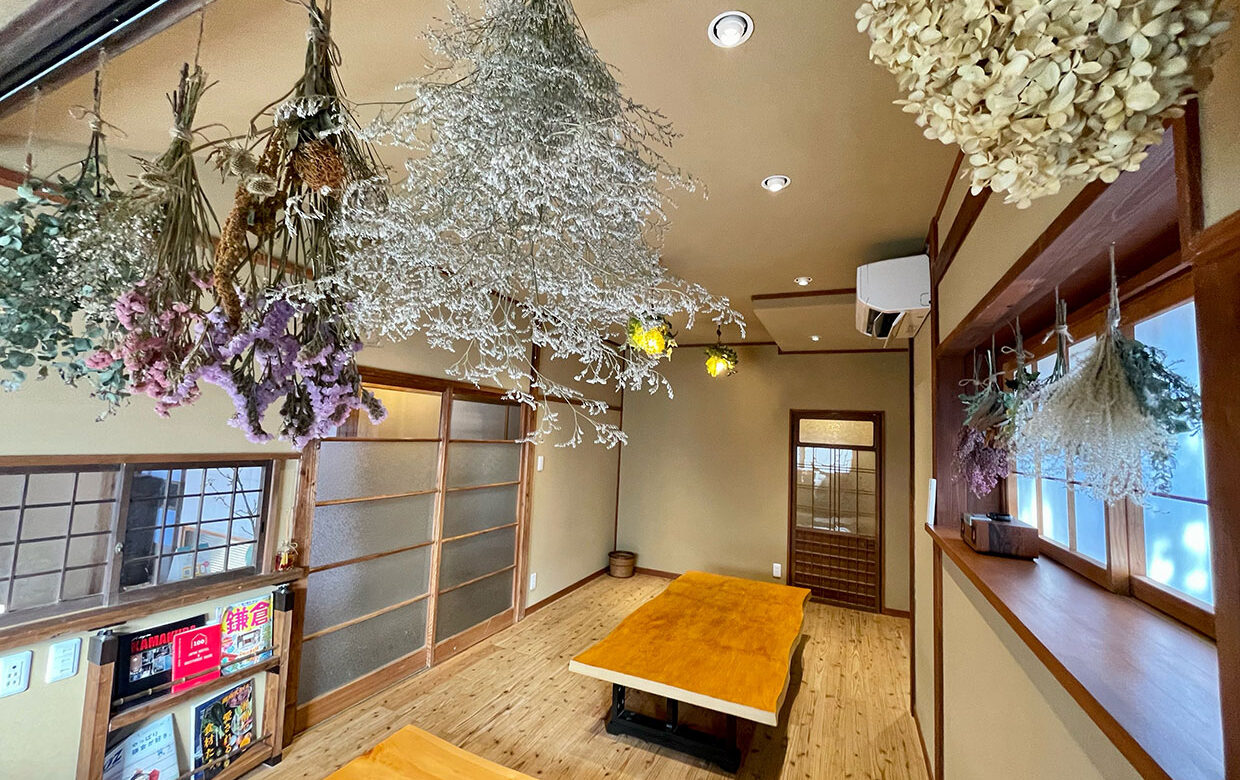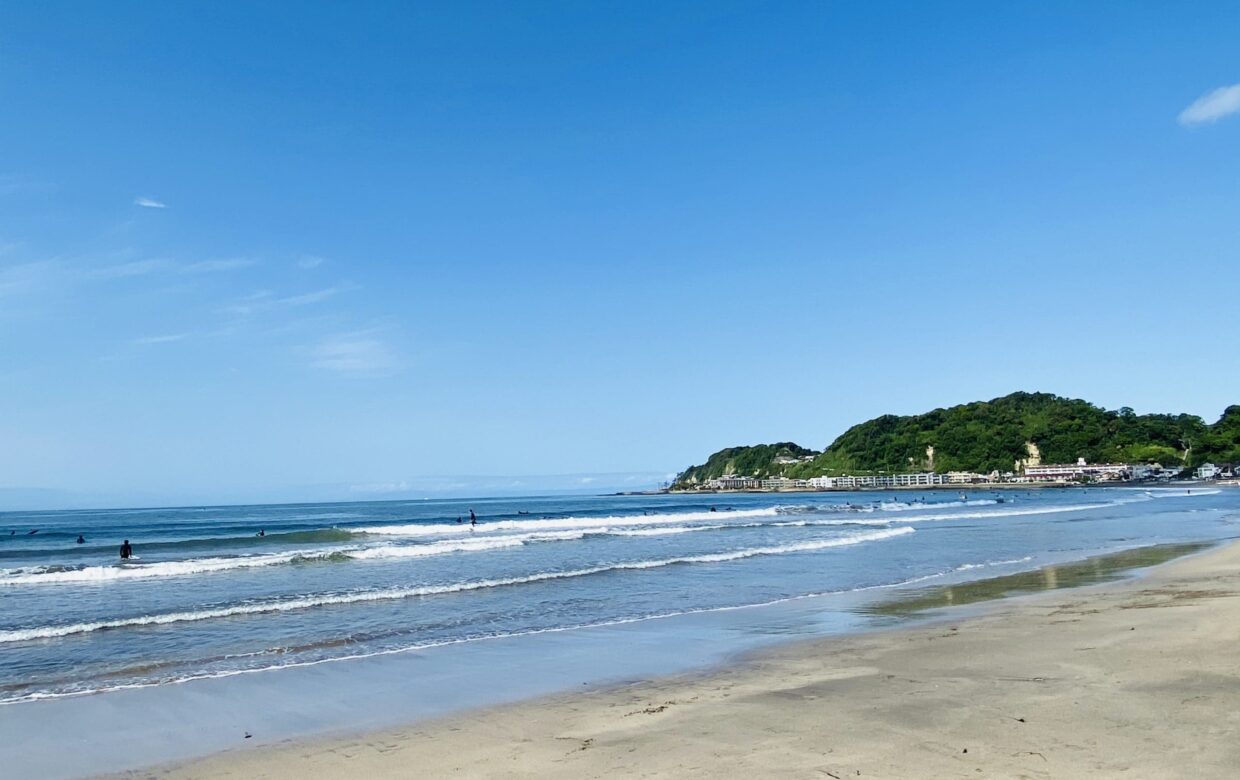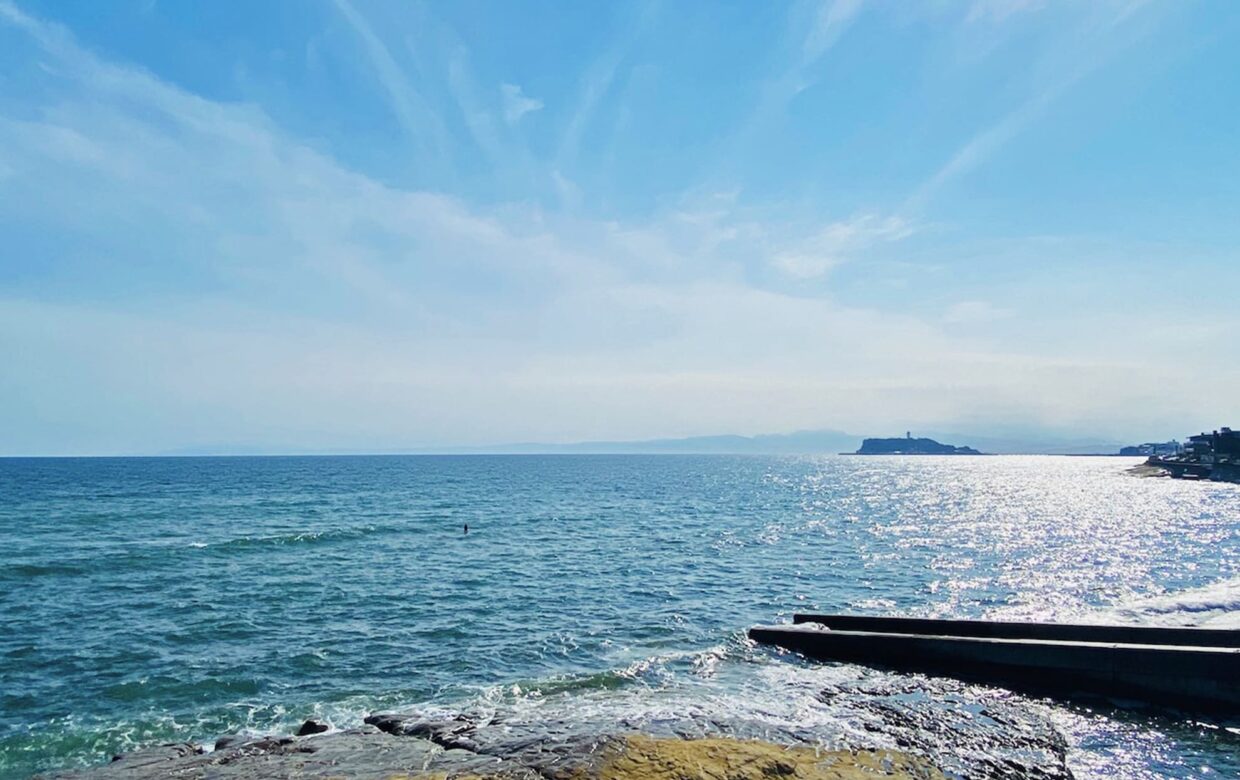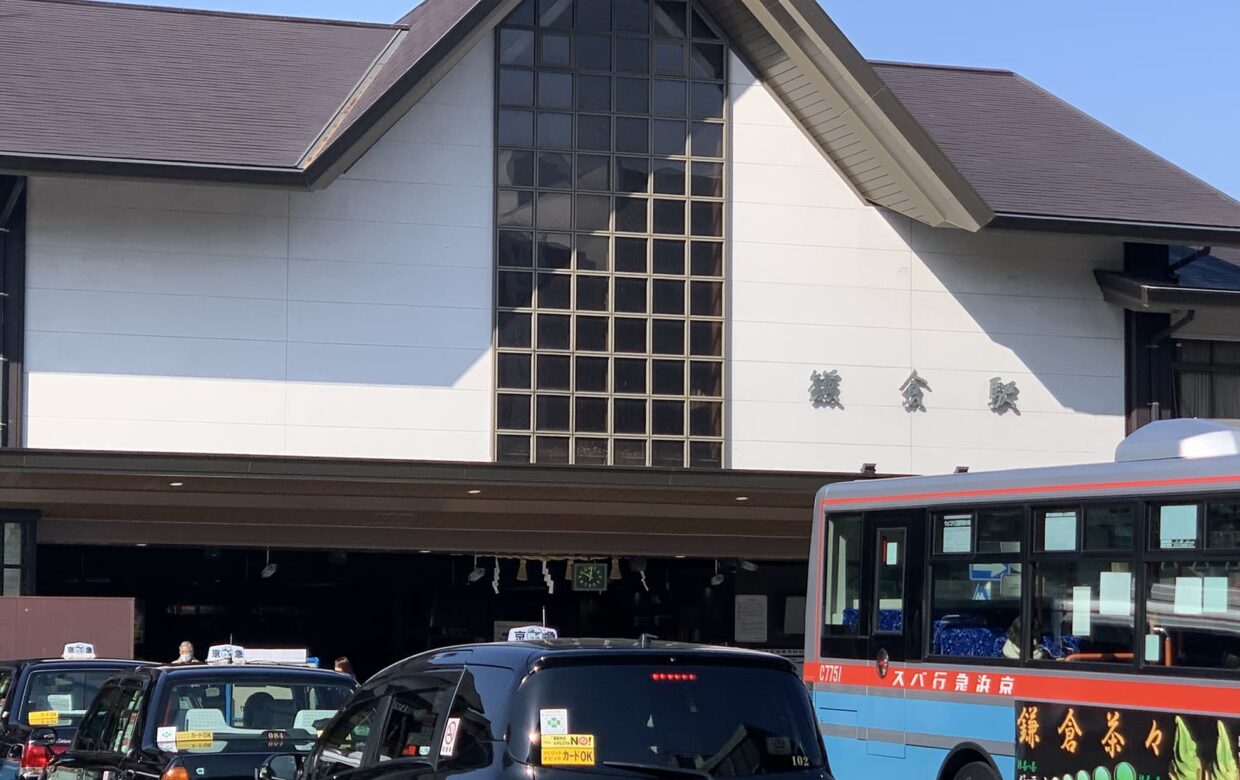Kamakura’s climate is strongly influenced by its surroundings of the mountains and its southern ocean.
The freezing northern winds of winter are cut off by the uphills and because of the cool southern summer breeze from the ocean, one can remain warm during the winter and cool during the summer.
The yearly average ocean temperature is around 11℃ (25 ℃ in August and 14 ℃ in February). With the difference being small compared to other prefectures, one can say that this is a comfortable area to be.
Yearly Average Climate and Rain

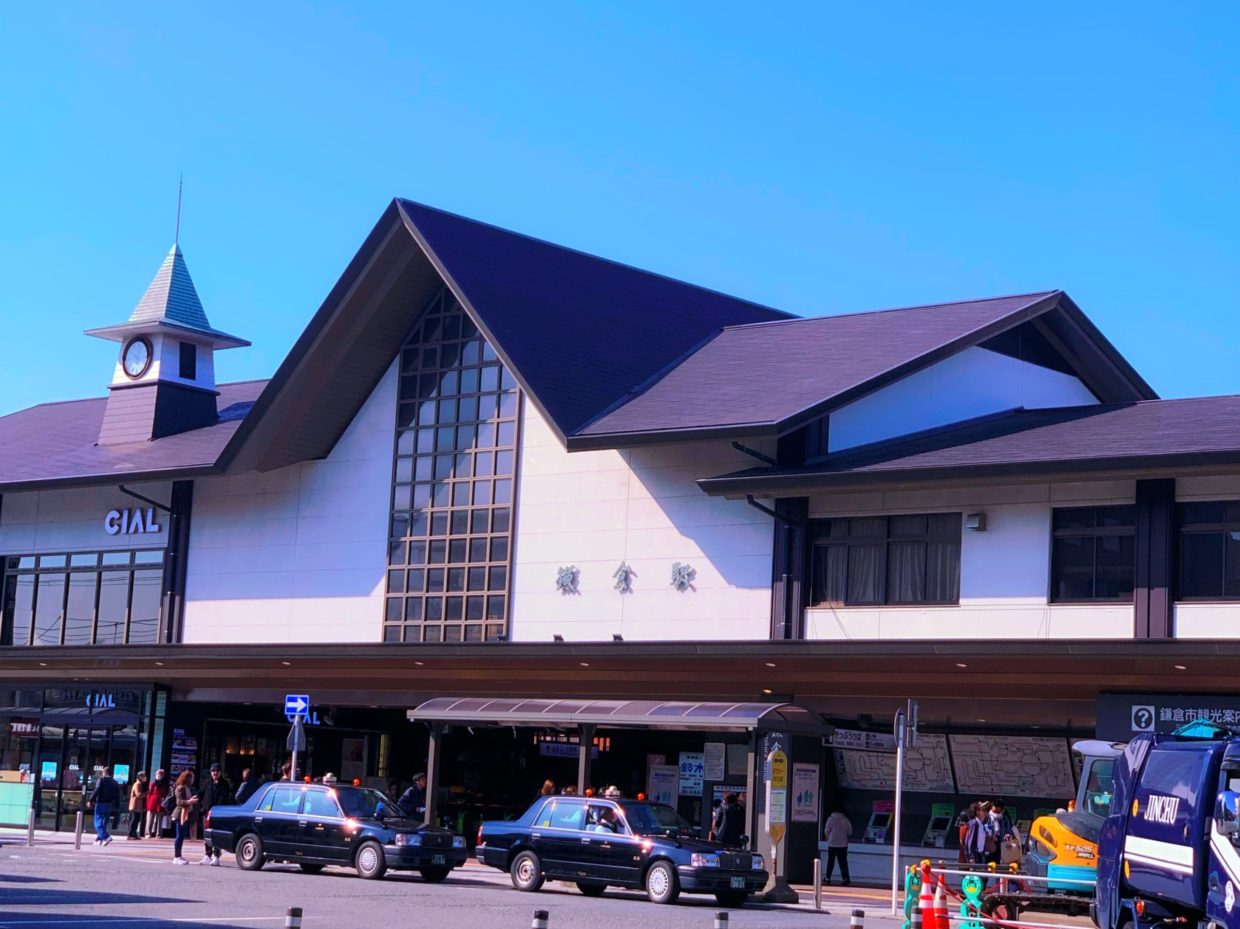
January
The first three days of the month are expected to be crowded from New Year. In Kamakura, there are multiple New Years related rituals held that it is recommended to visit in the second half of January to avoid the crowd. Additionally, with it being extremely cold with the average temperature being 5 C, it is recommended to bring a coat, scarf, and a glove.
February
February in Kamakura is when the spring flowers begin to bloom slowly. The ocean and sky become clearer providing a superb view of Mt. Fuji, Enoshima, etc. However, the cold does not change, so it is recommended to travel with warm clothing like a coat or scarf.
March
The first half of March in Kamakura is the best time to see ume flowers. As time passes more flower begins booming entering the season of flower watching. While the winter coldness still continues, one can go around with a thinner jacket in the lower half of March.
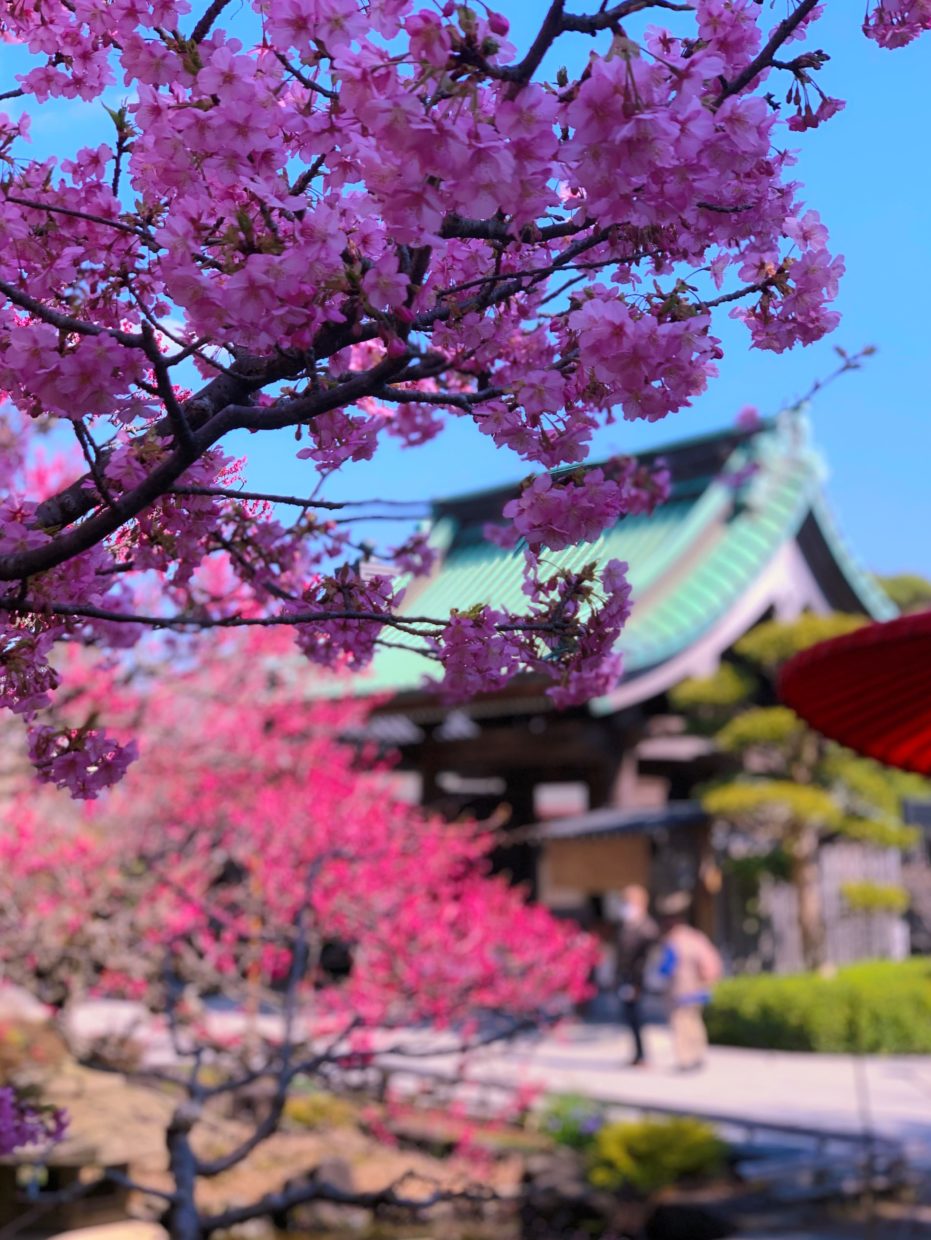
April
This is when cherry blossom Sakura and flowering crab apple is blooming at their greatest and when Kamakura Festival is held at Tsusrugaokahachimangu.
With anchovy fishing beginning in mid-March, many restaurants begin offering menus centering around them.
While you may feel more of spring warmth, do not forget to bring a thin jacket with you.
May
May in Kamakura is when the greenery is at its best. The average temperature is around 20℃ and you start sweating a little. Furthermore, with it being rainy in the second half, it is recommended to bring an umbrella or a coat with you.
June
With it being the seasons of hydrangeas, this is when Kamakura is at its busiest. Particularly, Hase and Meigetsuin are crowded that it is not uncommon for hour-long lines to happen. Thus, it is recommended to visit in the early morning or evening. Also, with it being the rainy season it starts getting chilly when it rains so it is recommended to bring an umbrella or a jacket.
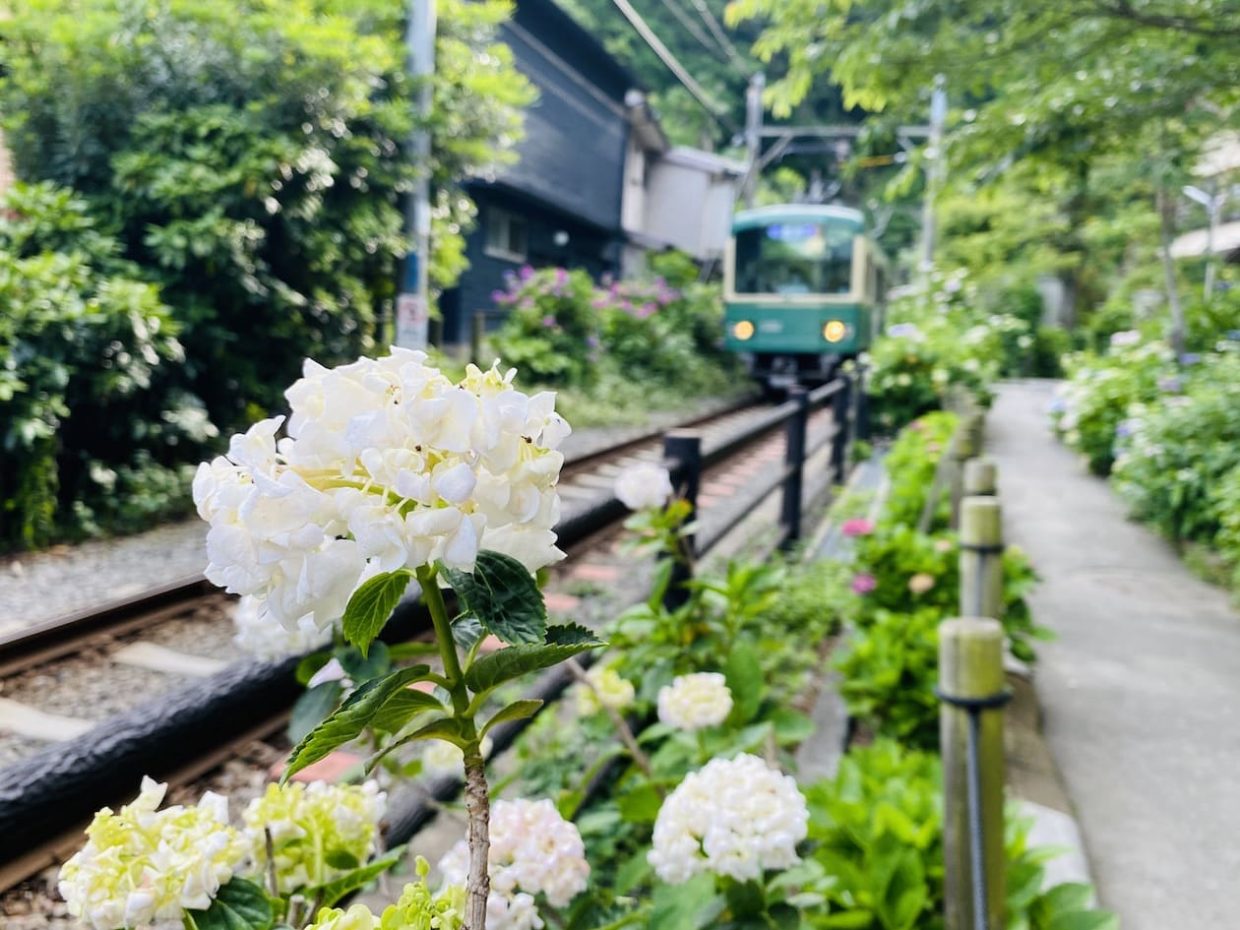
July
July in Kamakura is when the trains and oceans are crowded from beach seasons. On the other hand, the shrines and temples are less crowded making it the best time to visit. With the lotus, kikyo, and trumpet vine blooming around the shrines, adding more reasons to see them. The weather during this season becomes extremely hot and humid that you should tour around with cool clothes and be careful of a heatstroke.
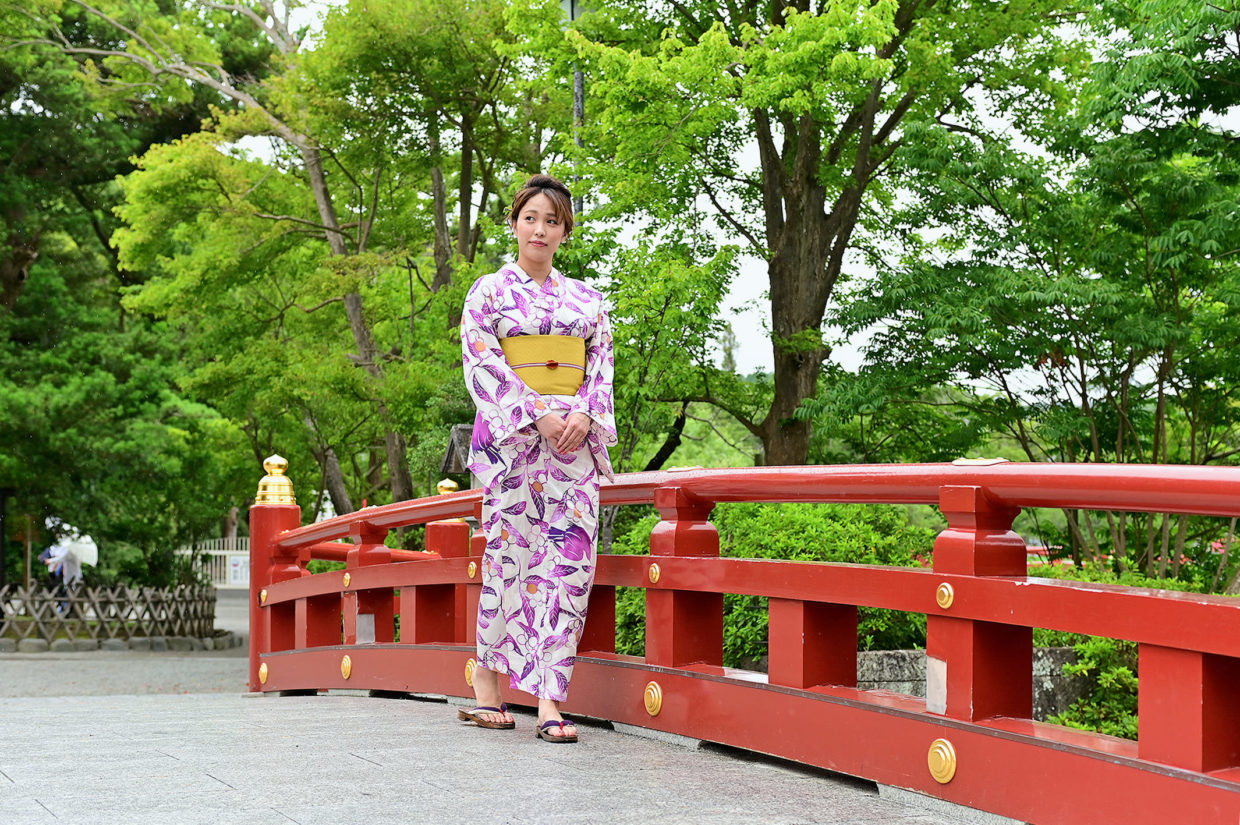
August
When one speaks about August in Kamakura, the first thing that comes to people’s minds is the Tsurugaokahachimangu’s Bonbori Festival. The festival is during the cool evening time and showcases the different lanterns illustrated by those who are strongly connected with Kamakura. Due to the damp air from the Pacific Ocean, the remainder of August will be extremely humid and hot. Please prepare for the hot by wearing cool and breezy outfits.
September
While the sun’s rays make it feel like it is still summer, you can sense the arrival of the fall season. With the temperature decreasing, September in Kamakura is a busy festive season with Reidaisai at Tsurugaokahachimangu and
Mengagyouretsu at Goryou Shrine. At the temple, Japanese clovers flower bloom all over creating a fantastic view.
In the lower half of September, the morning and evening becomes colder so do not forget to travel with a jacket.
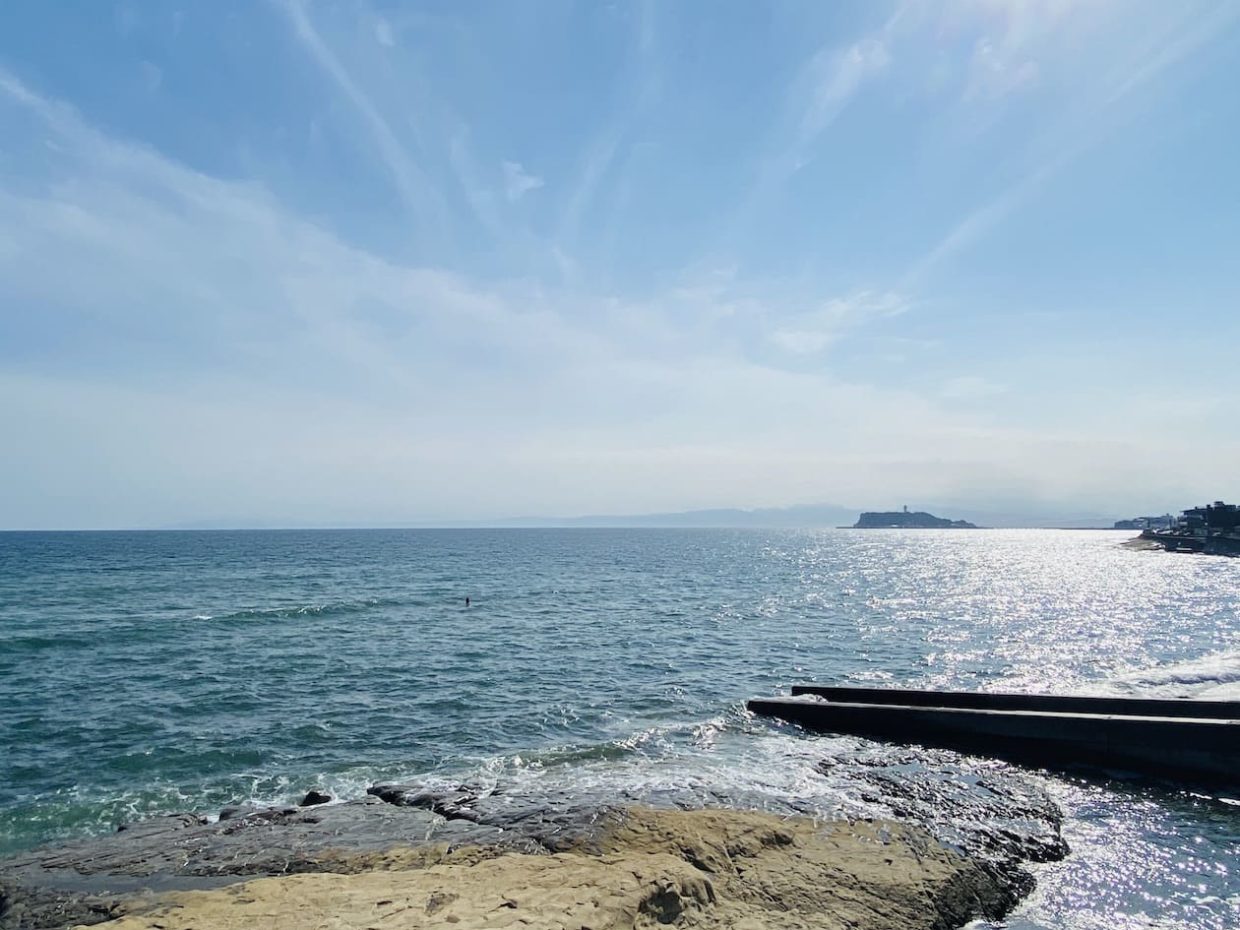
October
While the sun’s rays make it feel like it is still summer, you can sense the arrival of the fall season. With the temperature decreasing, September in Kamakura is a busy festive season with Reidaisai at Tsurugaokahachimangu and Mengagyouretsu at Goryou Shrine. At the temple, Japanese clovers flower bloom all over creating a fantastic view. In late September, the early morning and evening becomes colder so do not forget to travel with a jacket.
November
The color of the temple ground’s leaves beginning to change to a beautiful red is one of the busiest times in Kamakura. In late November, a special night viewing at Hase Temple happens where the decorated lights create a mystical view around the shrine. The average temperature becomes lower than 15 ℃ making it feel colder as a result.
Make sure you have a jacket with you on your travels.
December
Even in December, people can still enjoy the red leaves of Kamakura. The beautifully colored pathway is not as crowded compared to November. Thus, you can truly enjoy watching the autumn colors. With colder temperatures, it is recommended to travel around with a jacket or a scarf to remain warm.
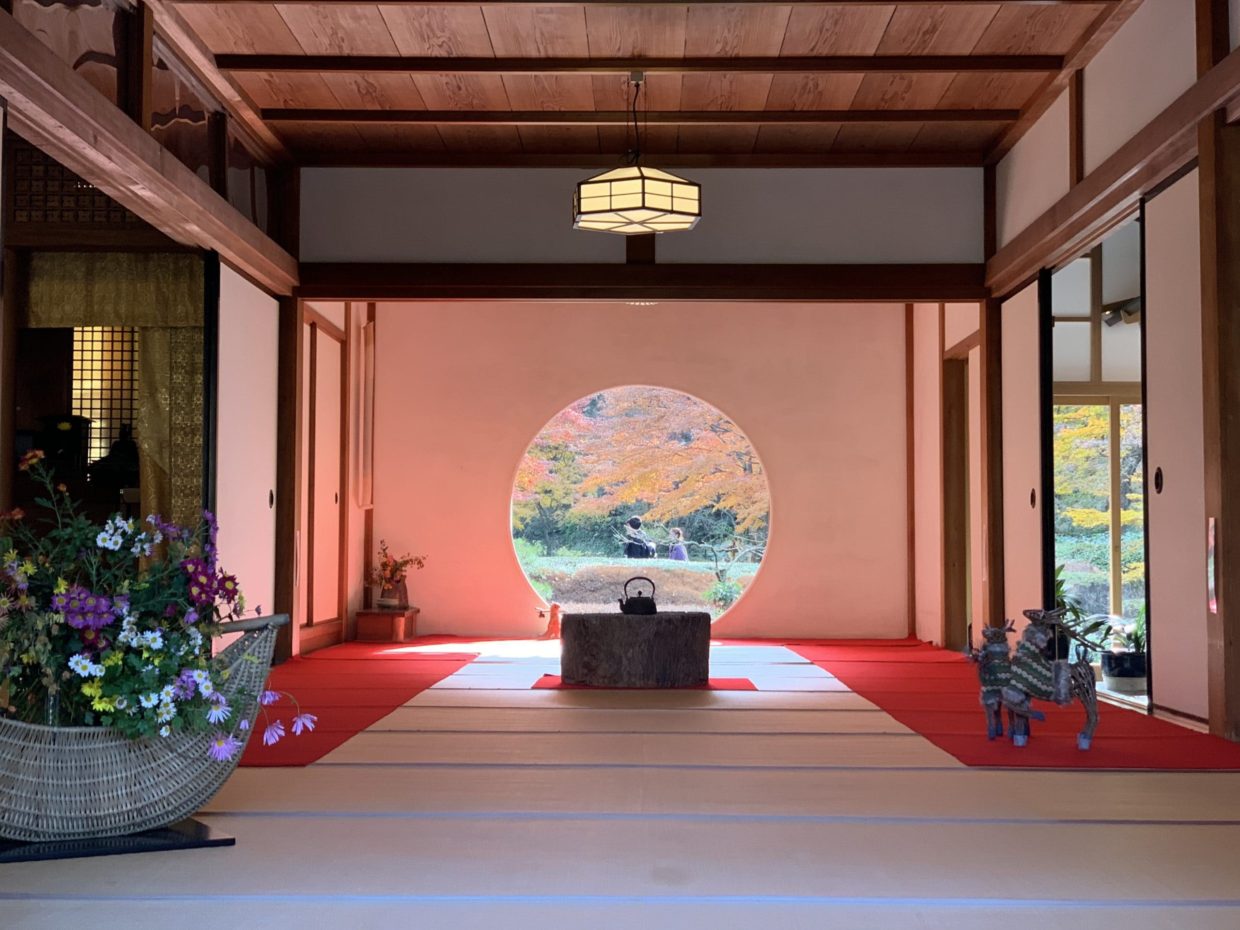
With Kamakura’s seasonal scenery, please enjoy the difference that comes with it.
Our goal is to help not only tourists from Japan and abroad, but also all visitors to Kamakura to make their time and experience in Kamakura even more wonderful, and we hope that you will become a fan of Kamakura. We hope to make Kamakura a favorite among all visitors to Japan.
For more information about BEEP Corporation.
Popular posts
-
 Introducing popular sightseeing spots and recommended cafes for lunch in Shichirigahama!
Introducing popular sightseeing spots and recommended cafes for lunch in Shichirigahama! -
 The Popular Tourist Destination Houkokuji Temple (Bamboo Temple) And Its Speciality
The Popular Tourist Destination Houkokuji Temple (Bamboo Temple) And Its Speciality -
 STOP HERE WHEN YOU VISIT 16 Different Guest Homes By Area
STOP HERE WHEN YOU VISIT 16 Different Guest Homes By Area -
 Enjoy a Date, a Swimming or Walking at Yuigahama! Introducing Nearby Cafes and Access!
Enjoy a Date, a Swimming or Walking at Yuigahama! Introducing Nearby Cafes and Access! -
 Visiting Kamakura - Appropriate Attire and Monthly Climate
Visiting Kamakura - Appropriate Attire and Monthly Climate
